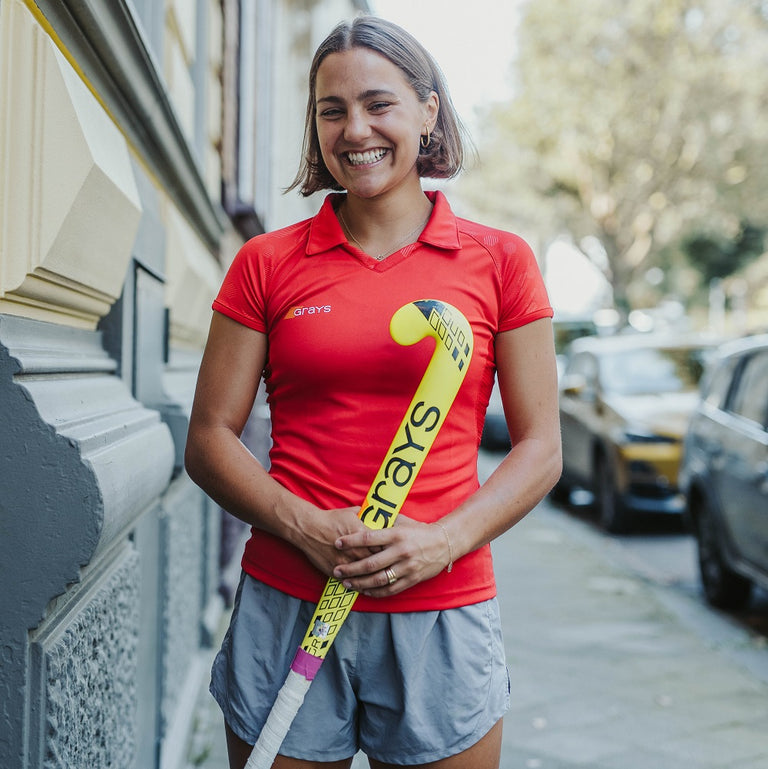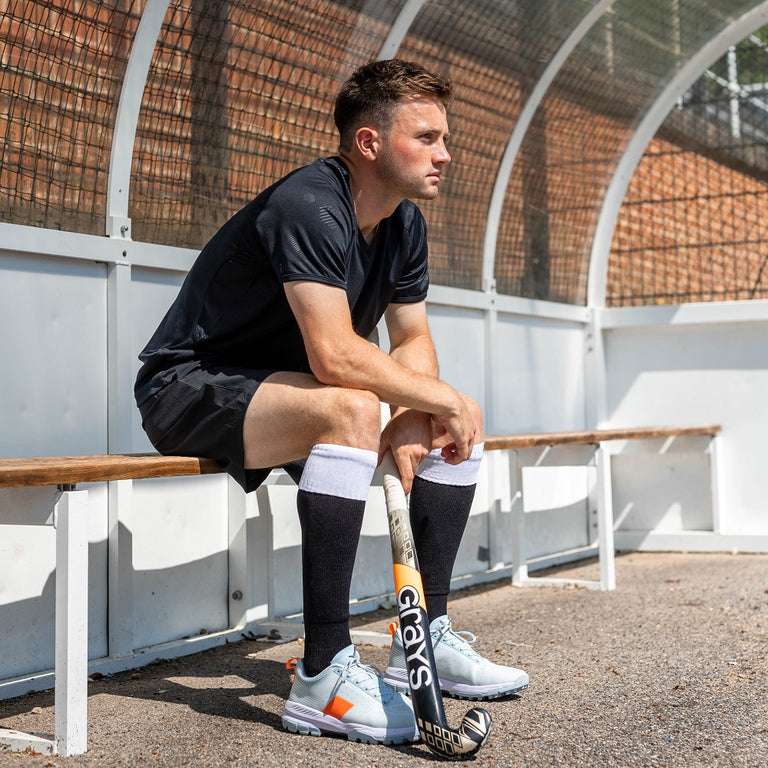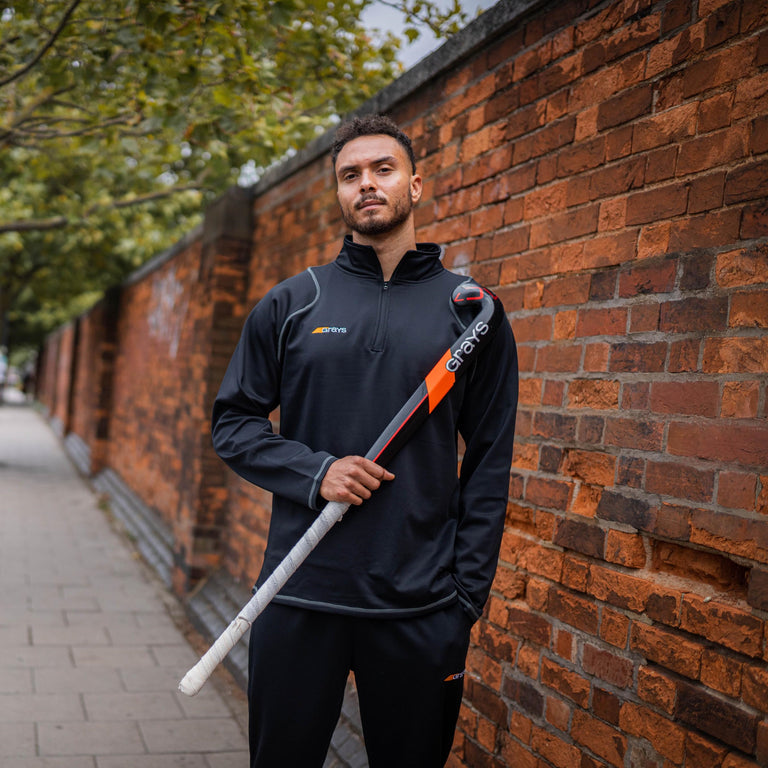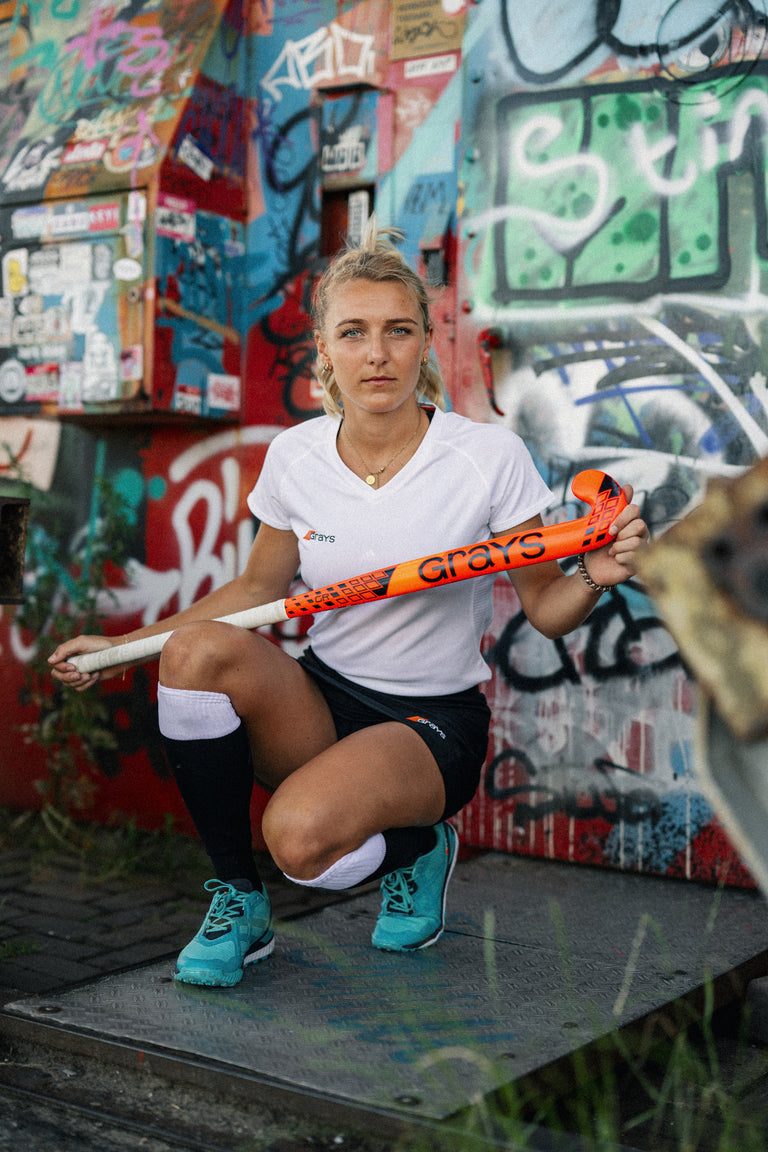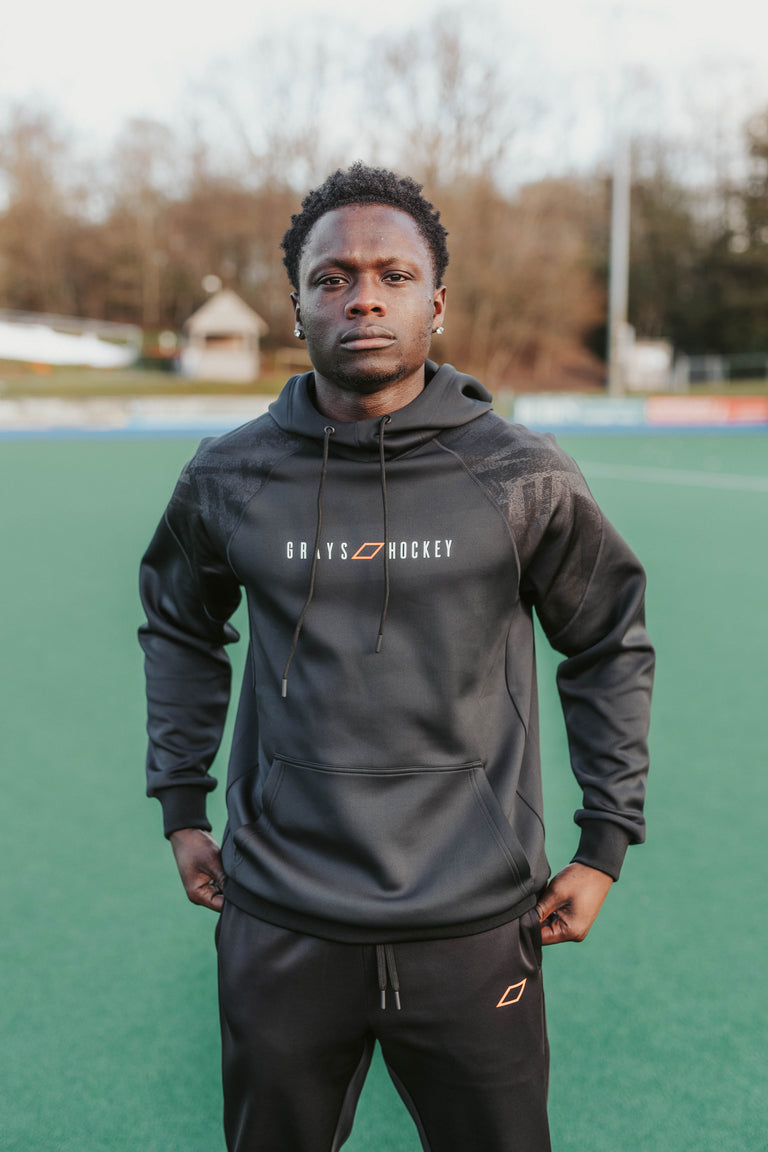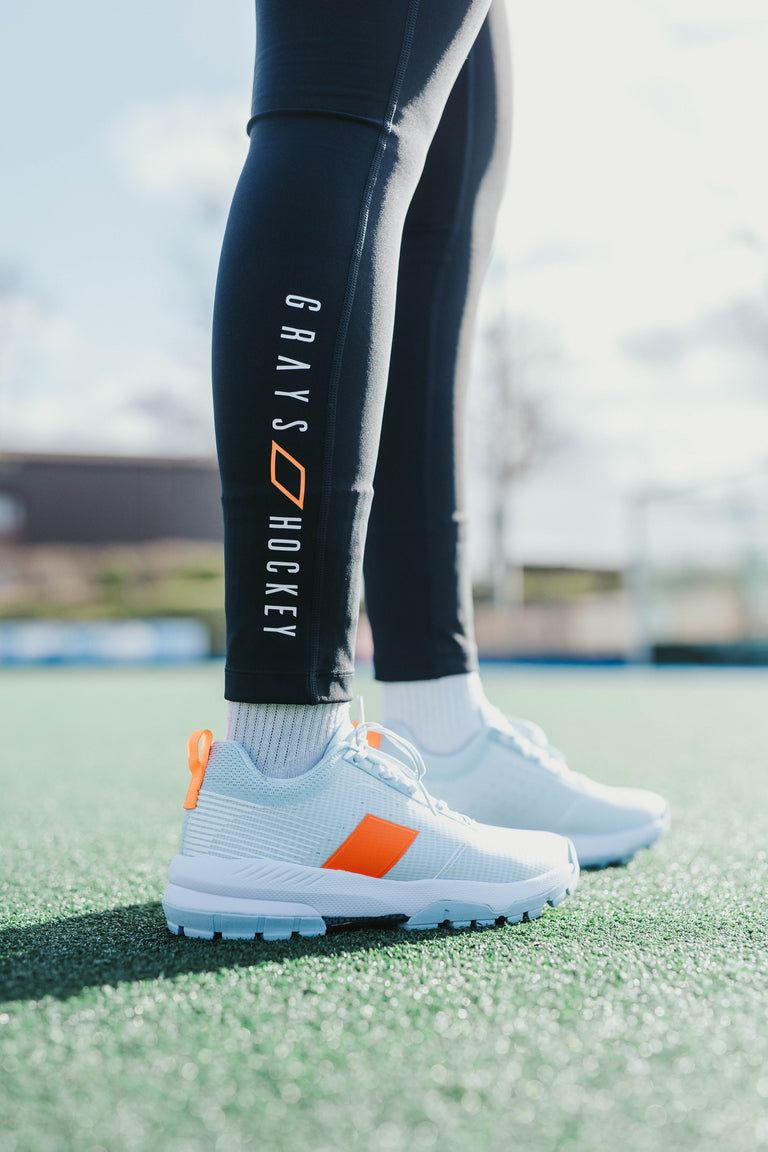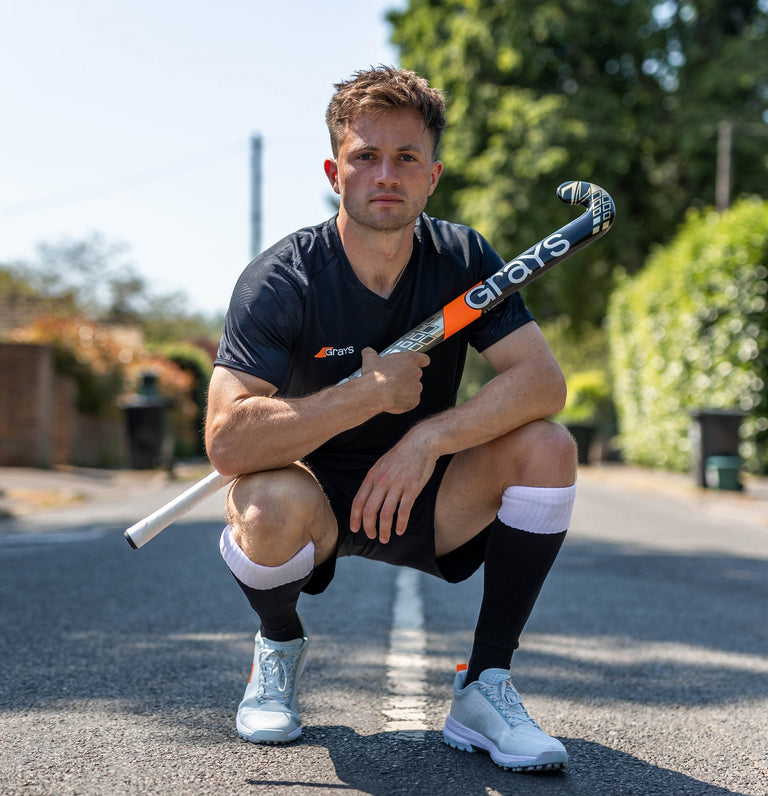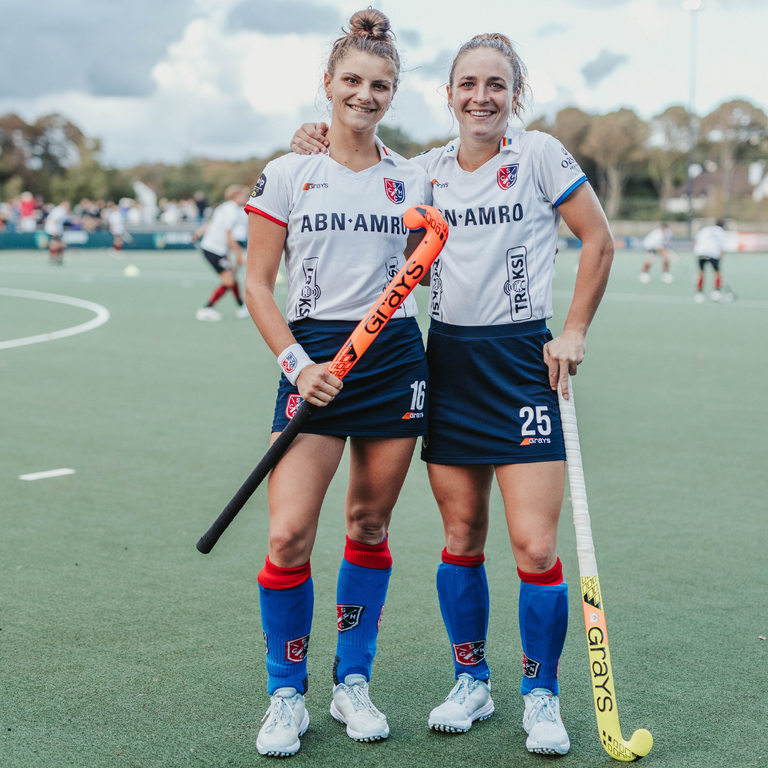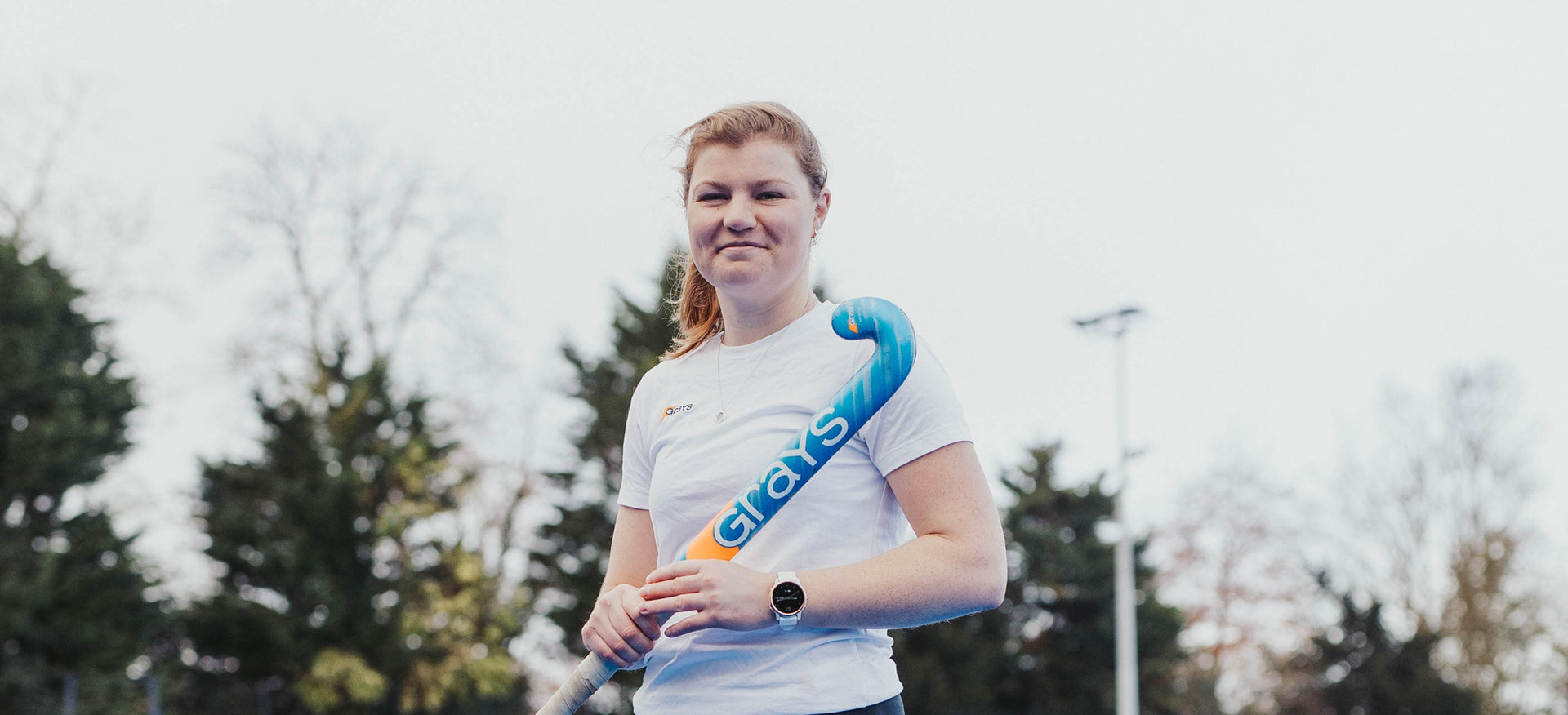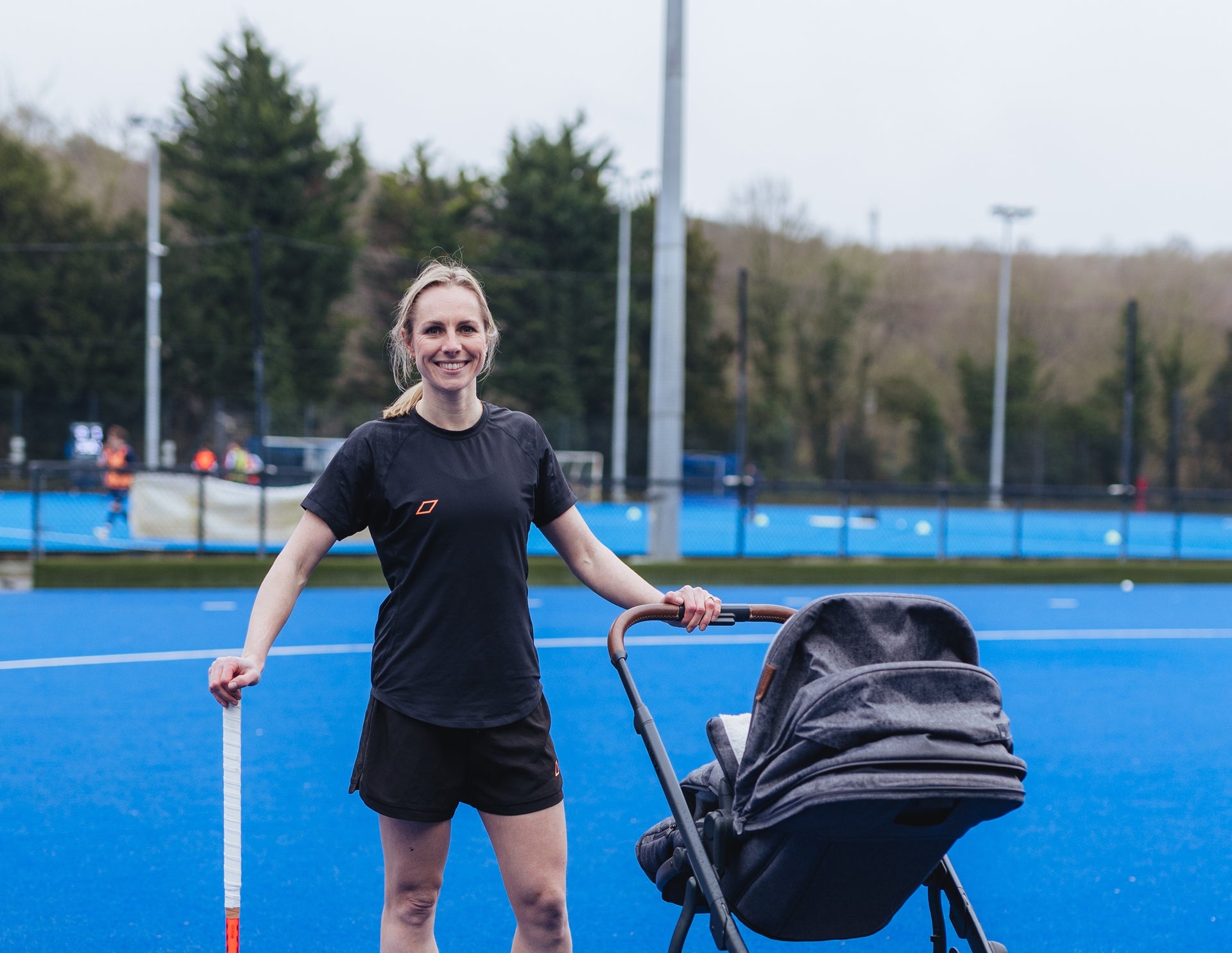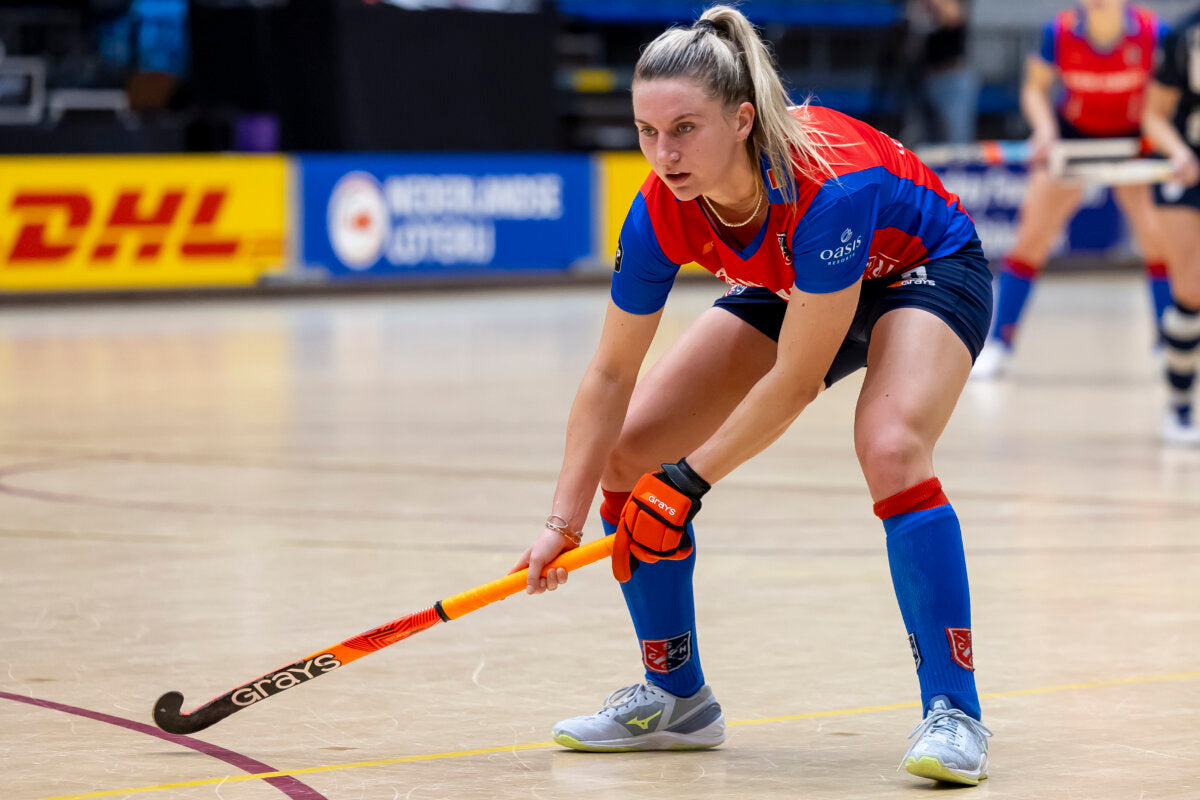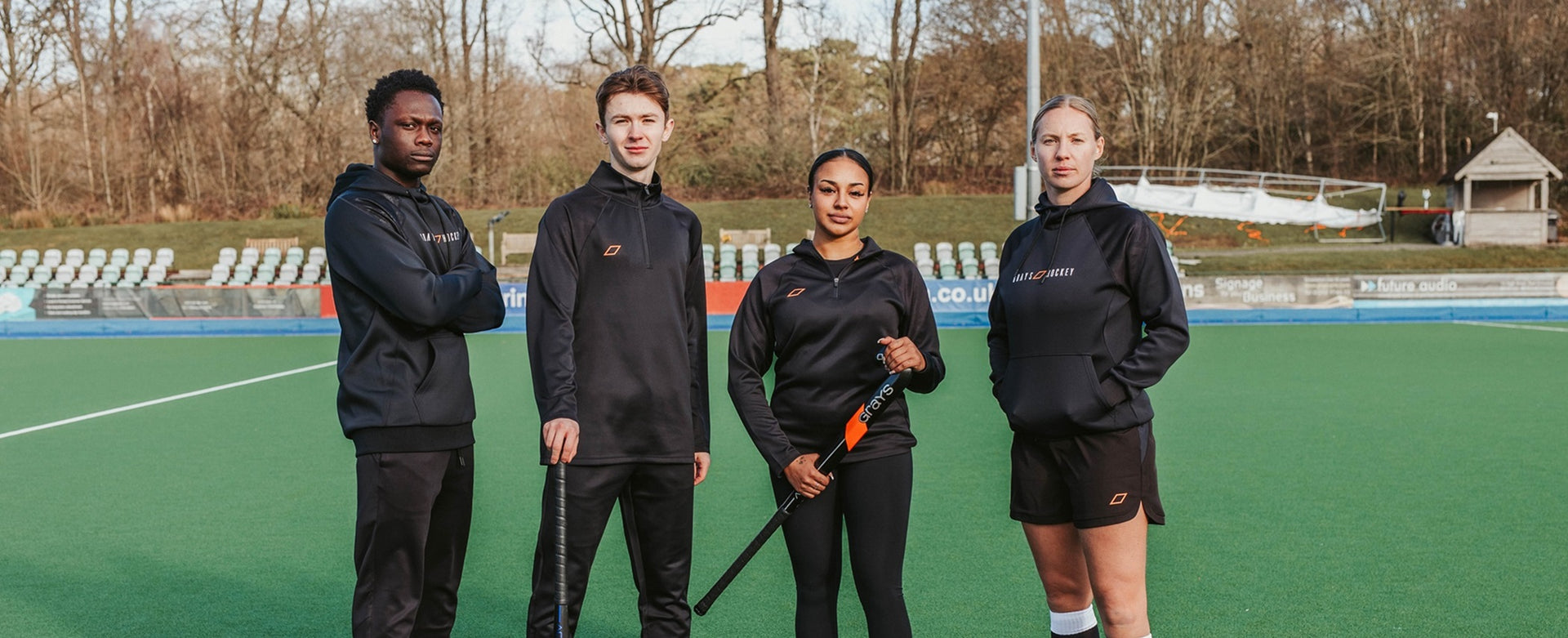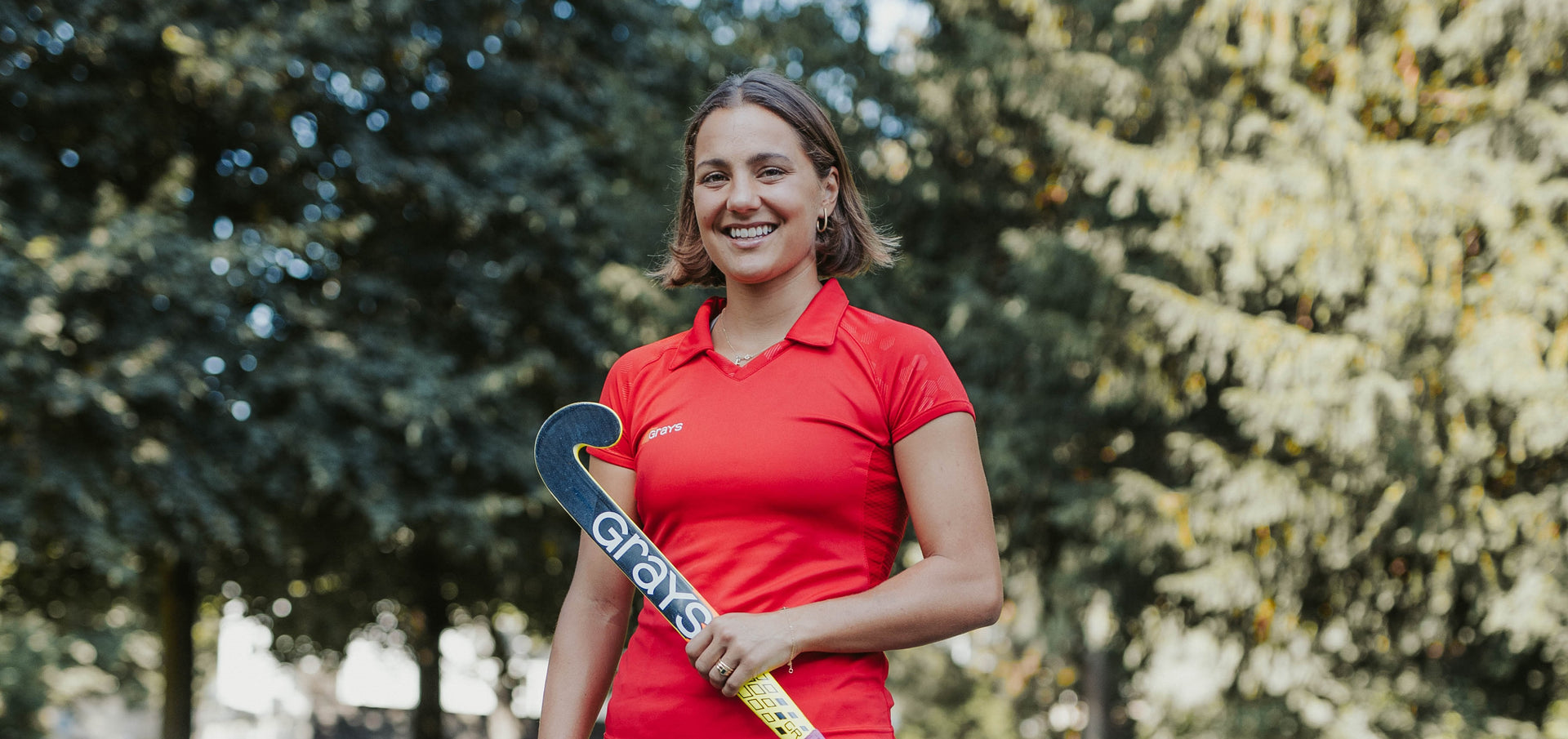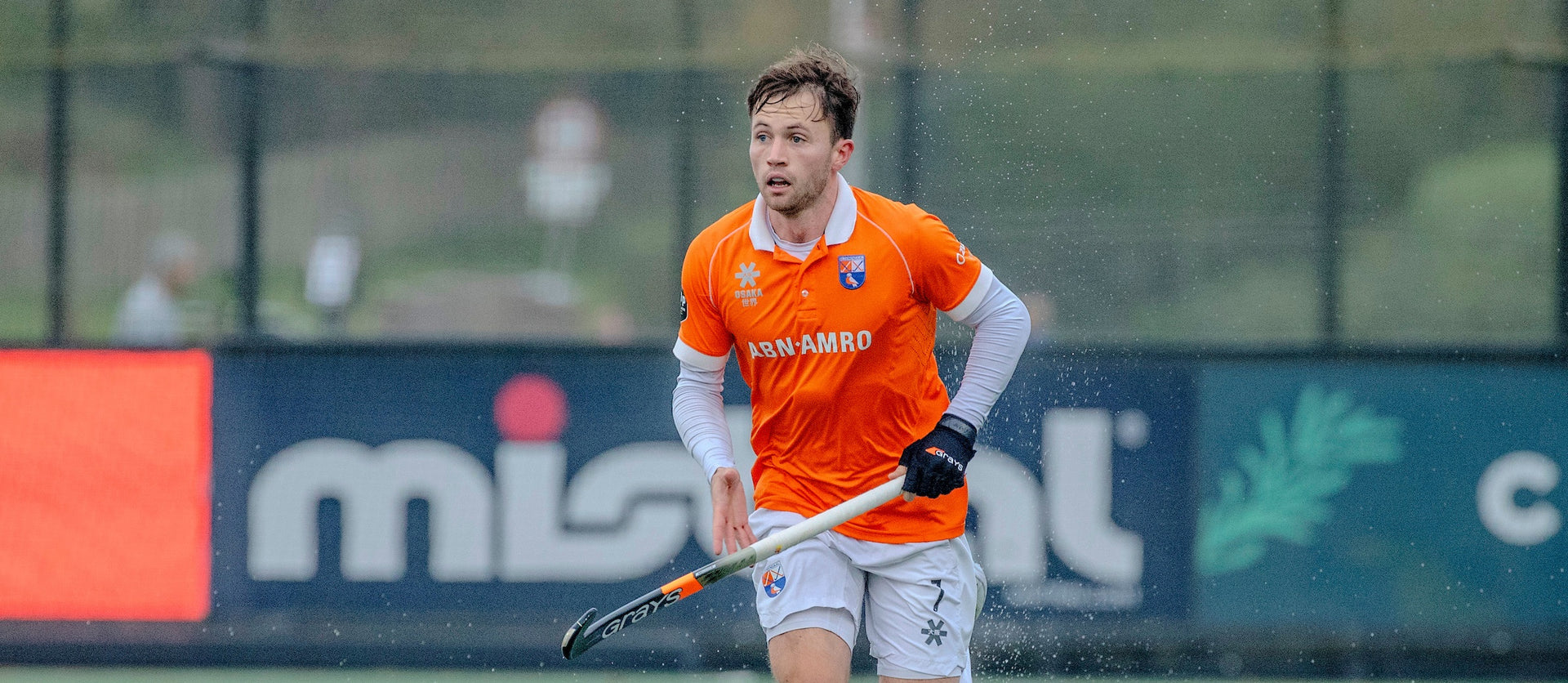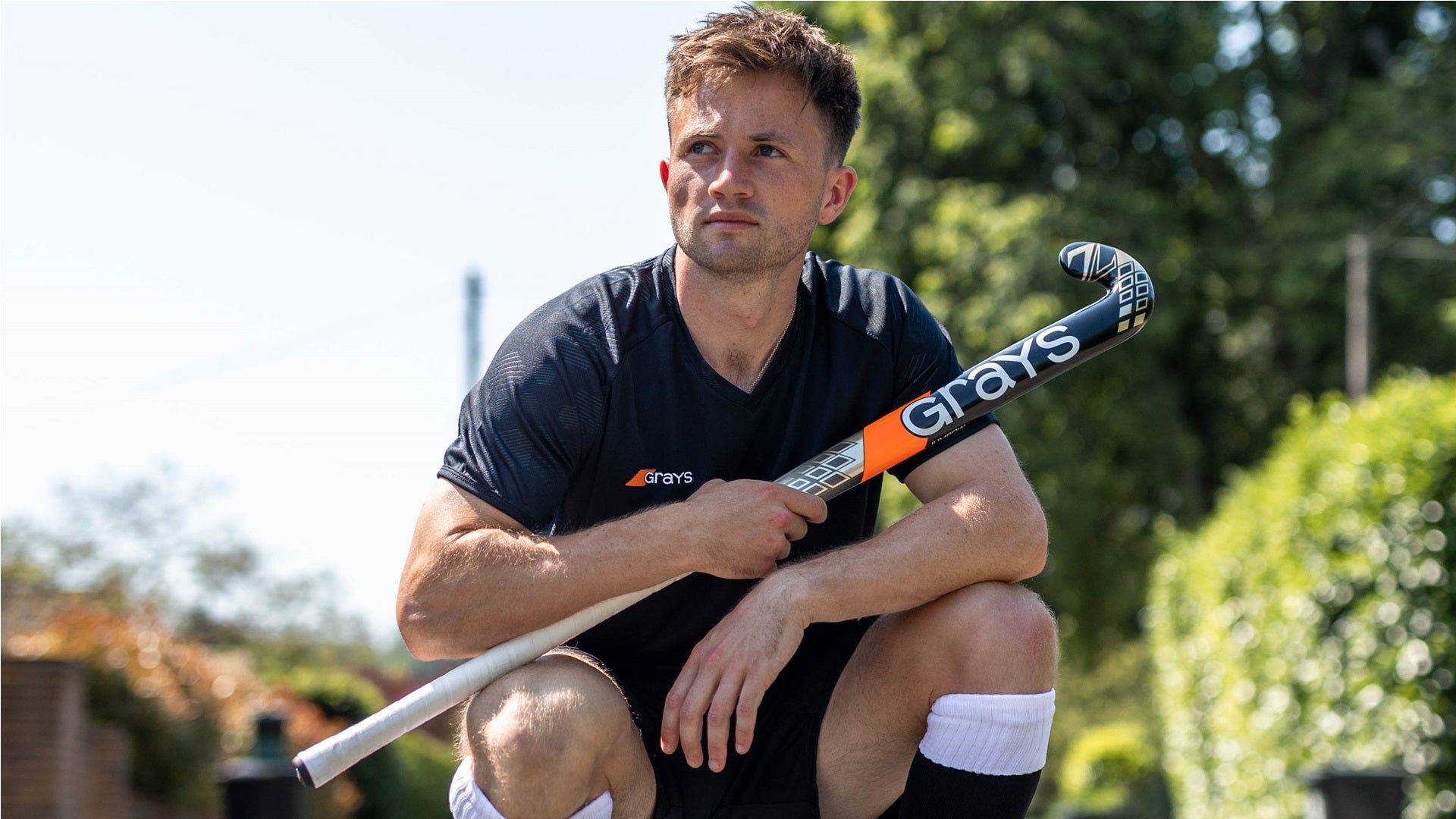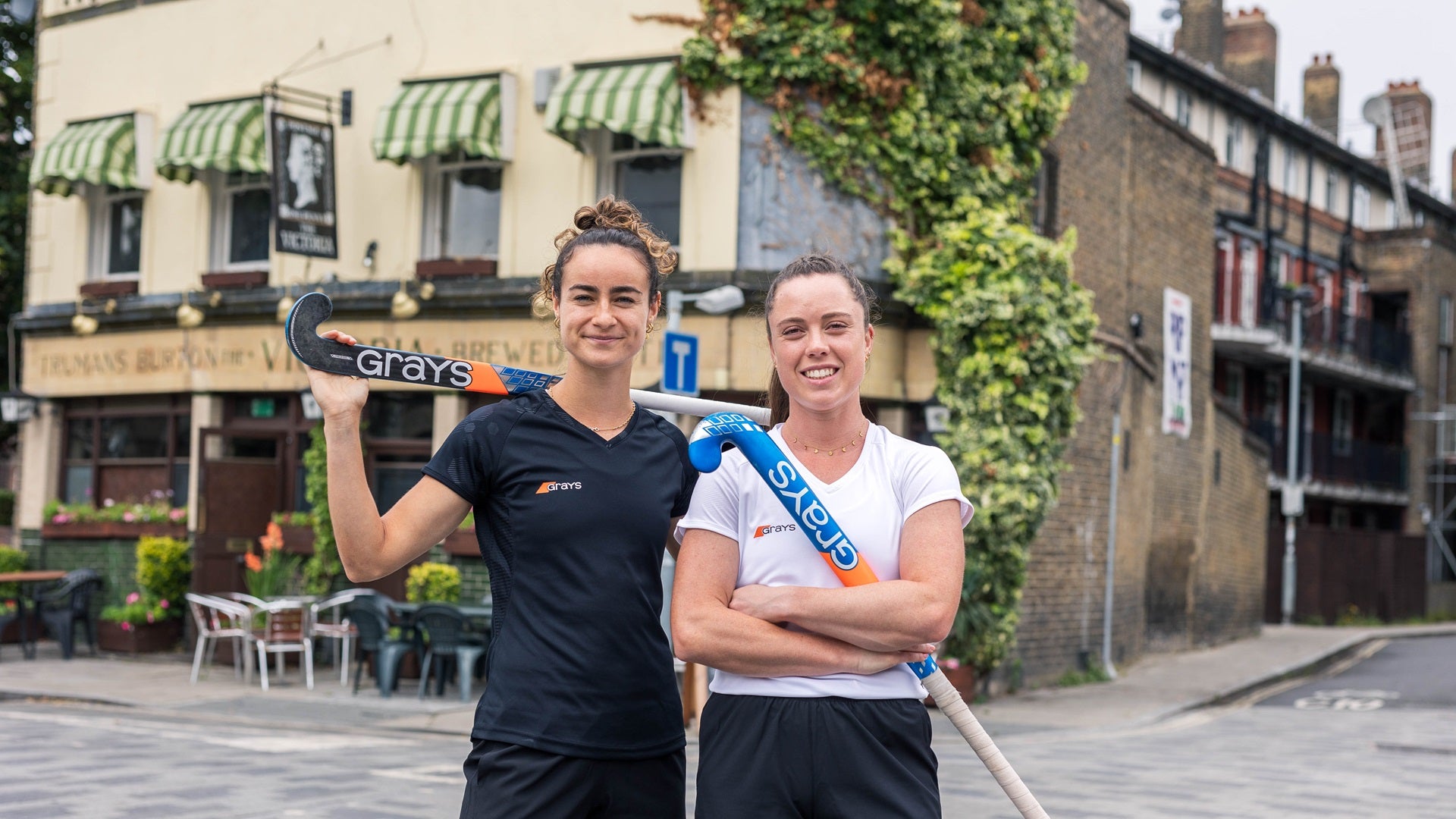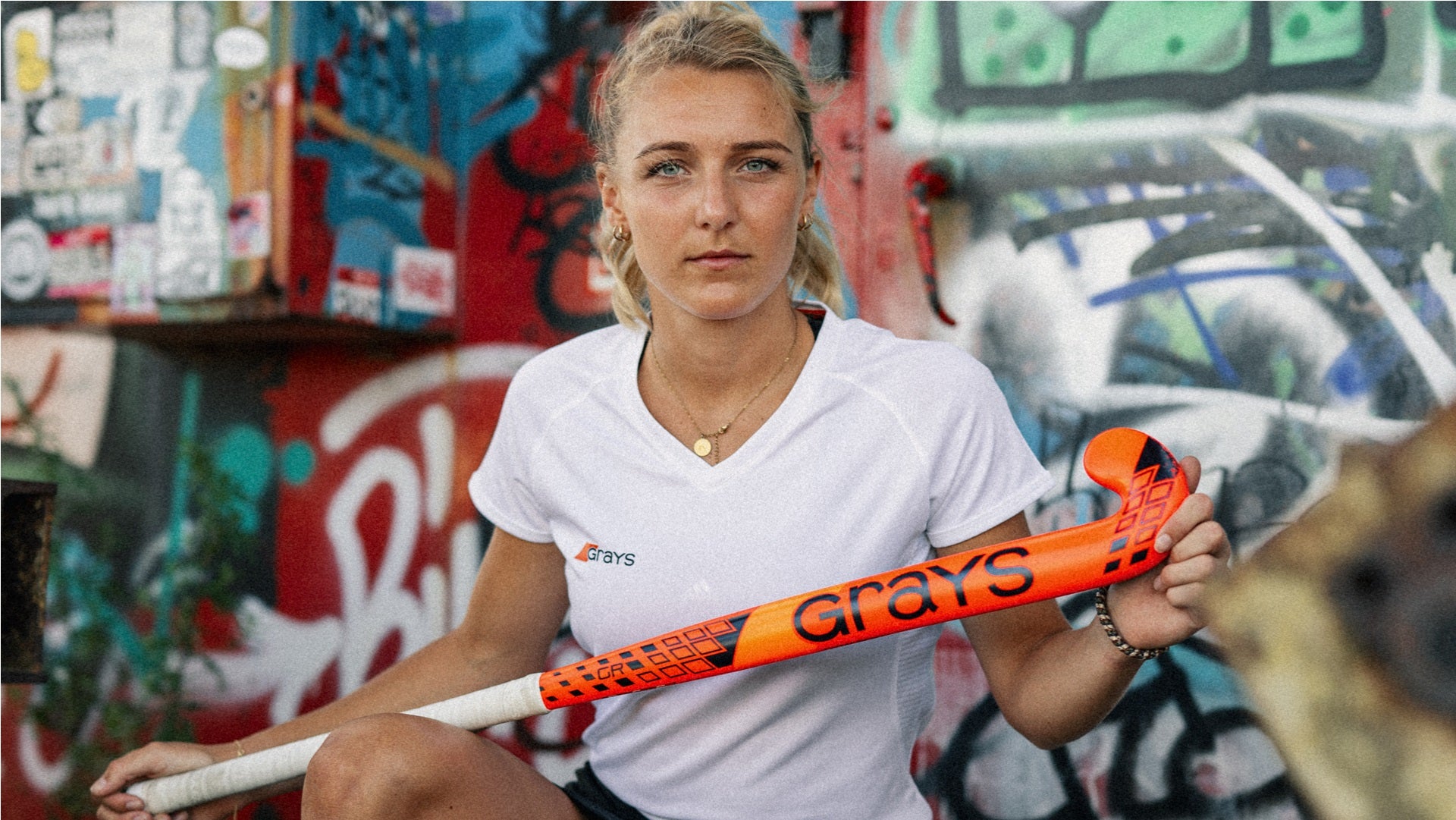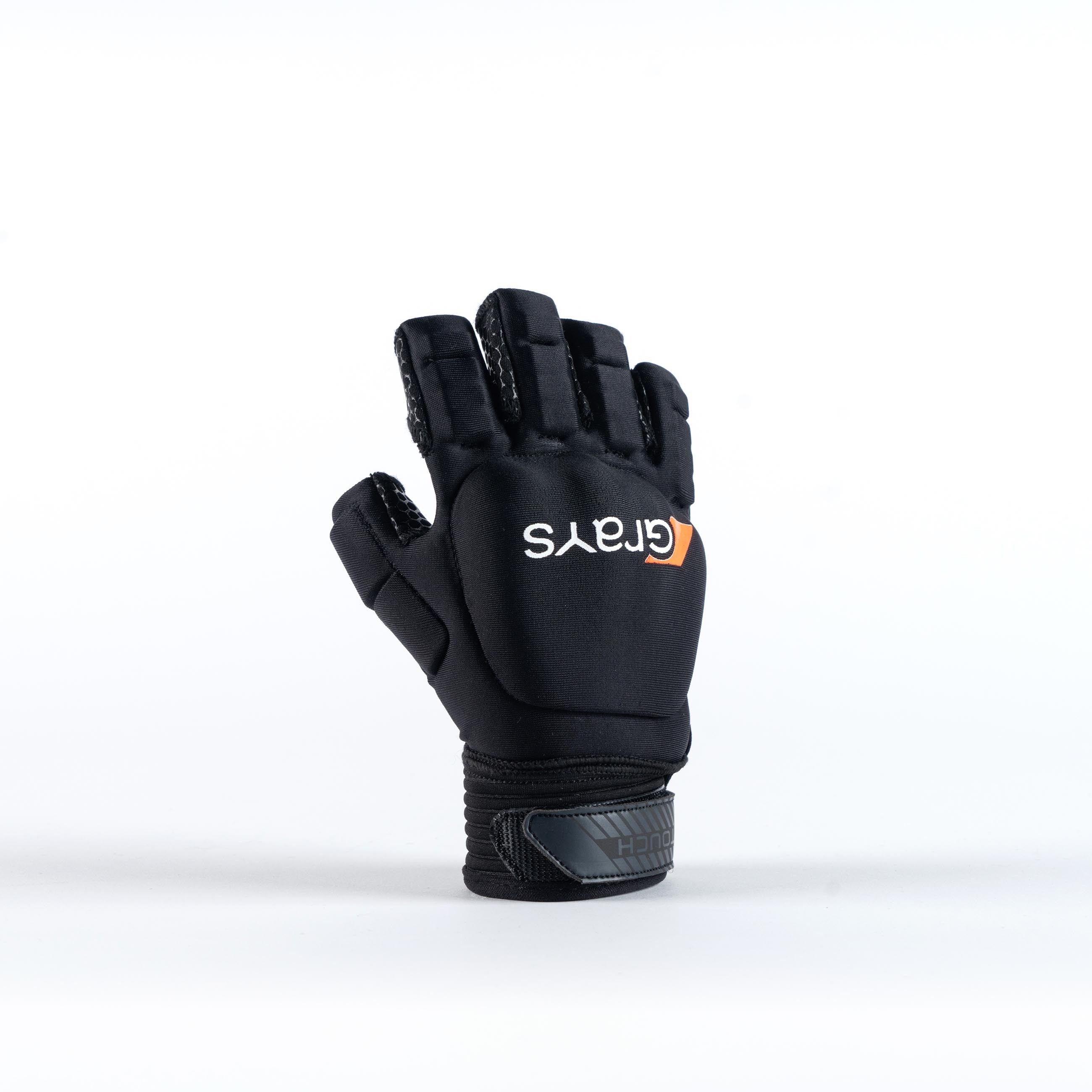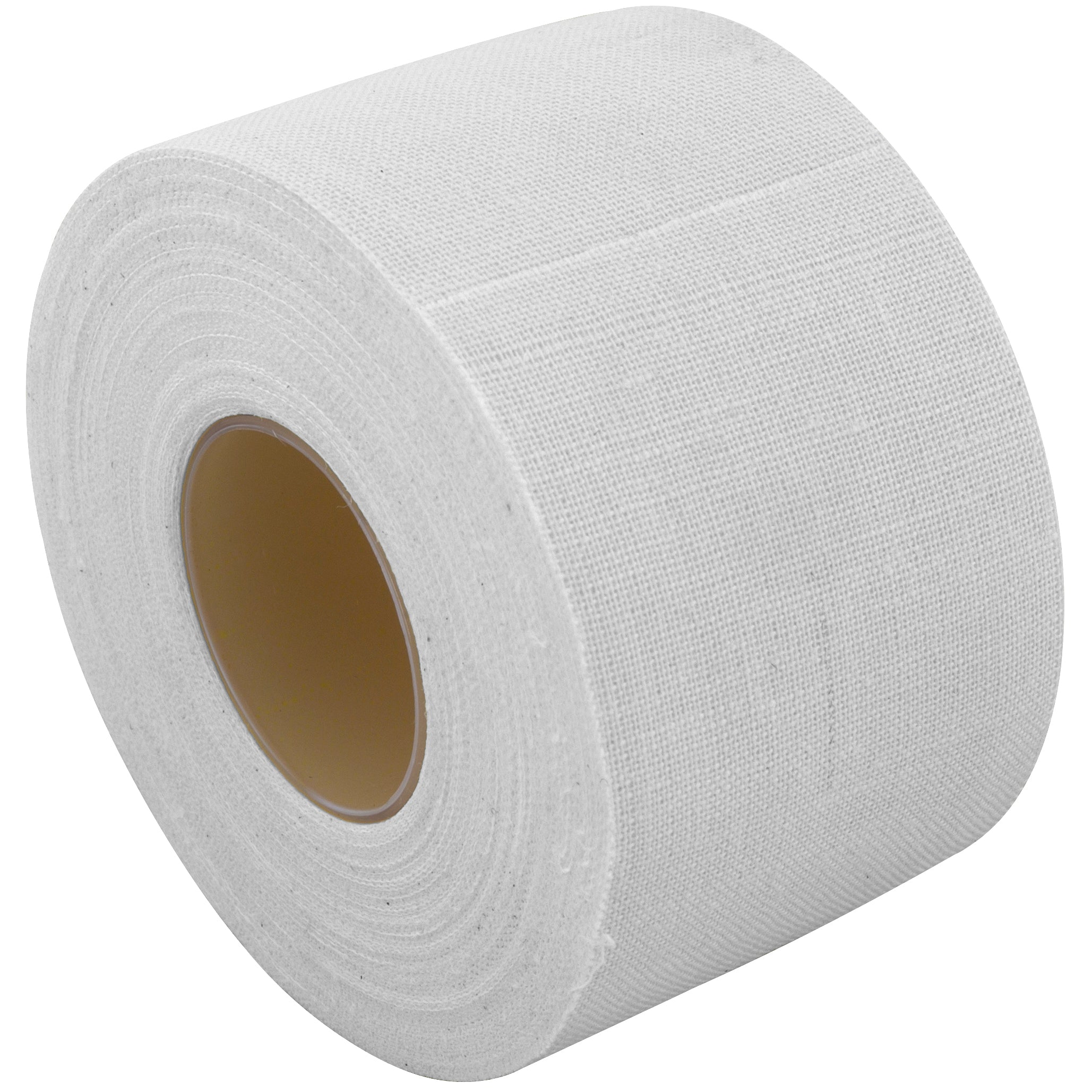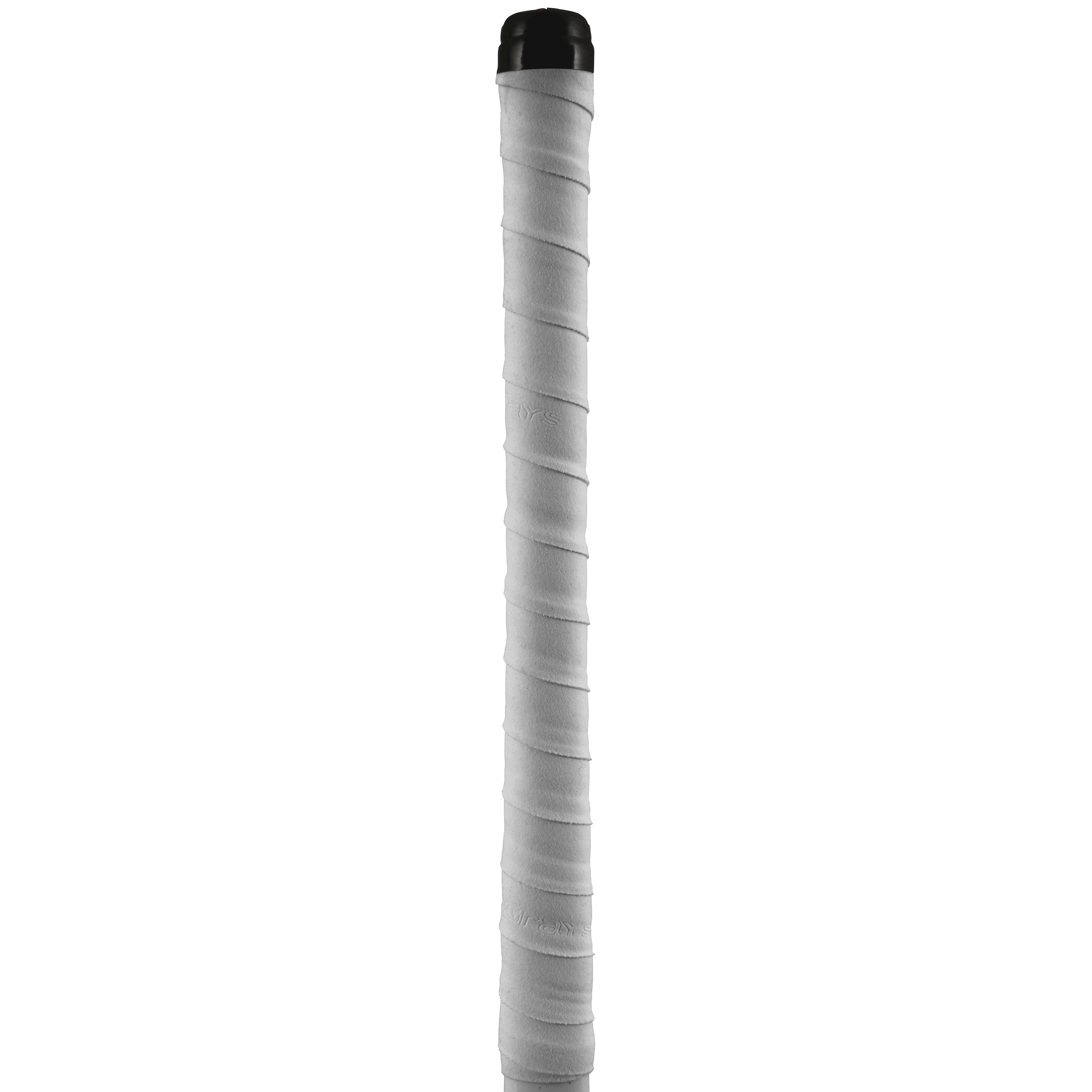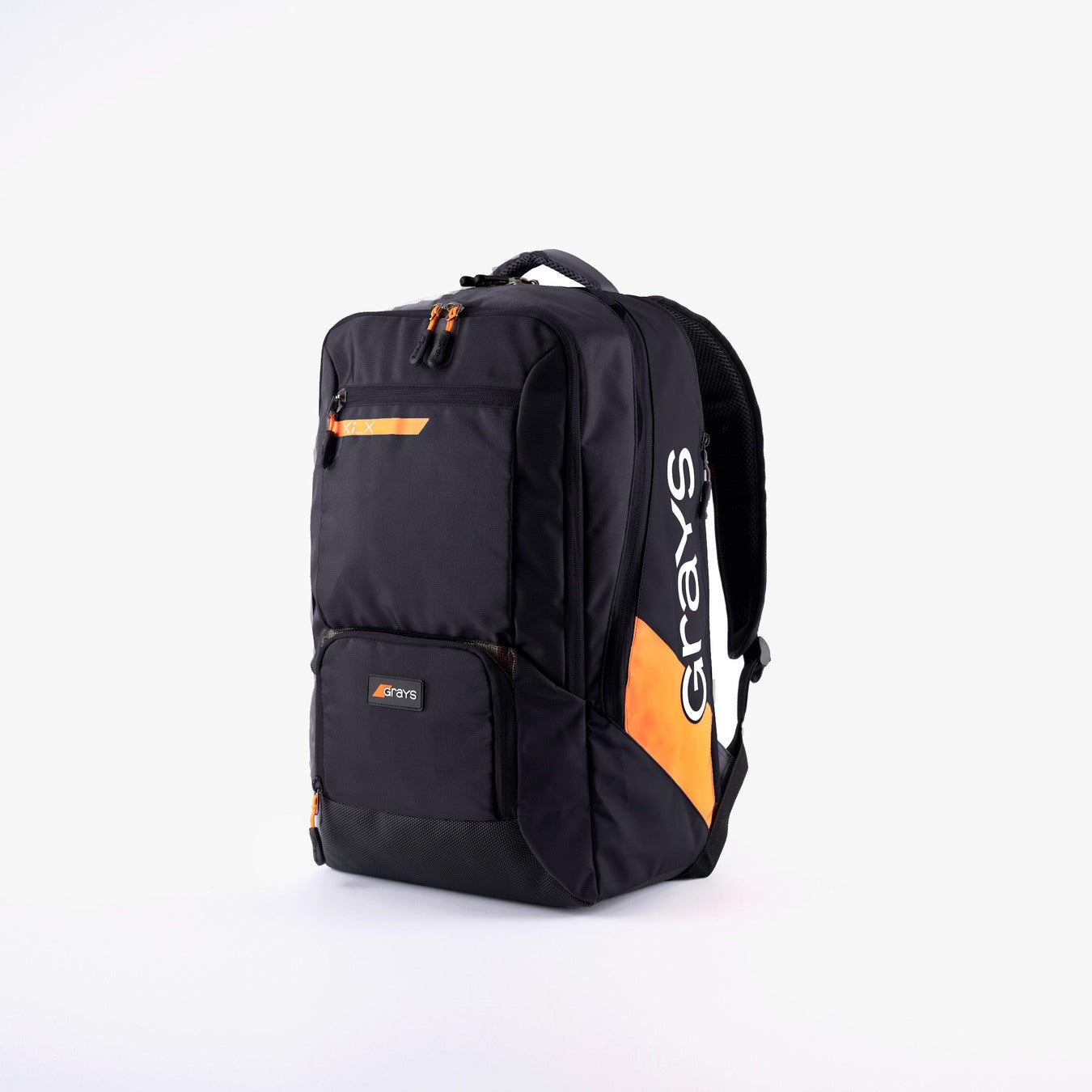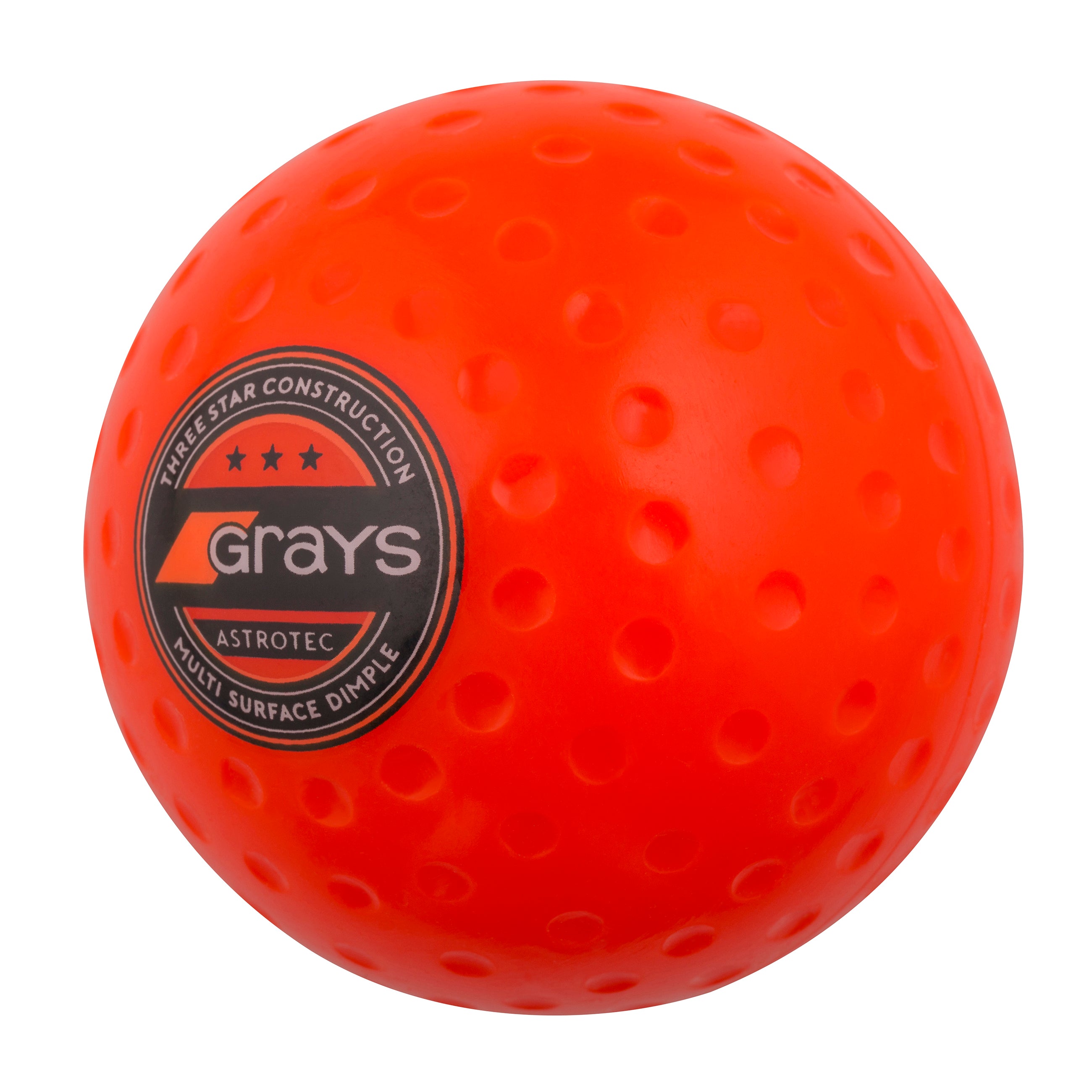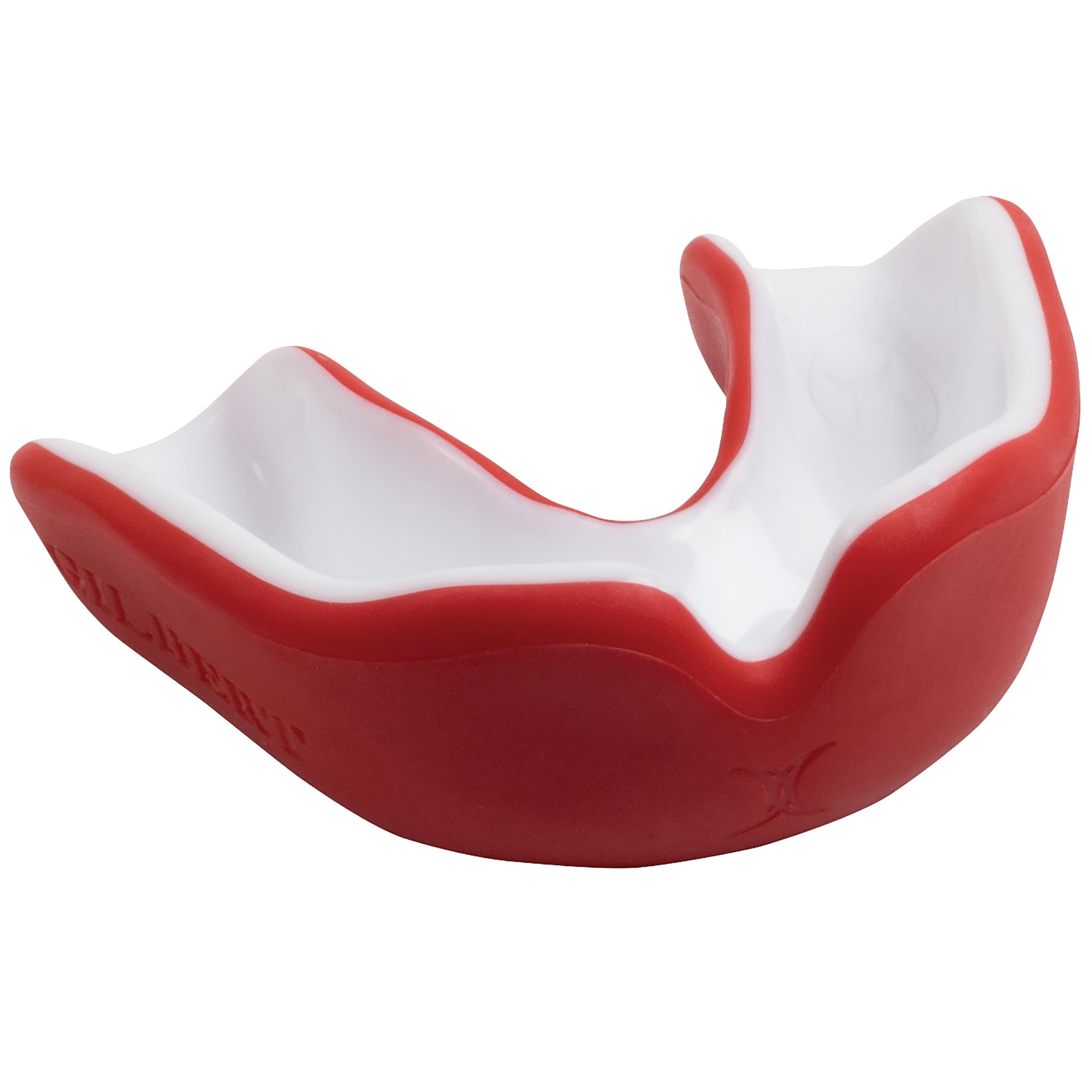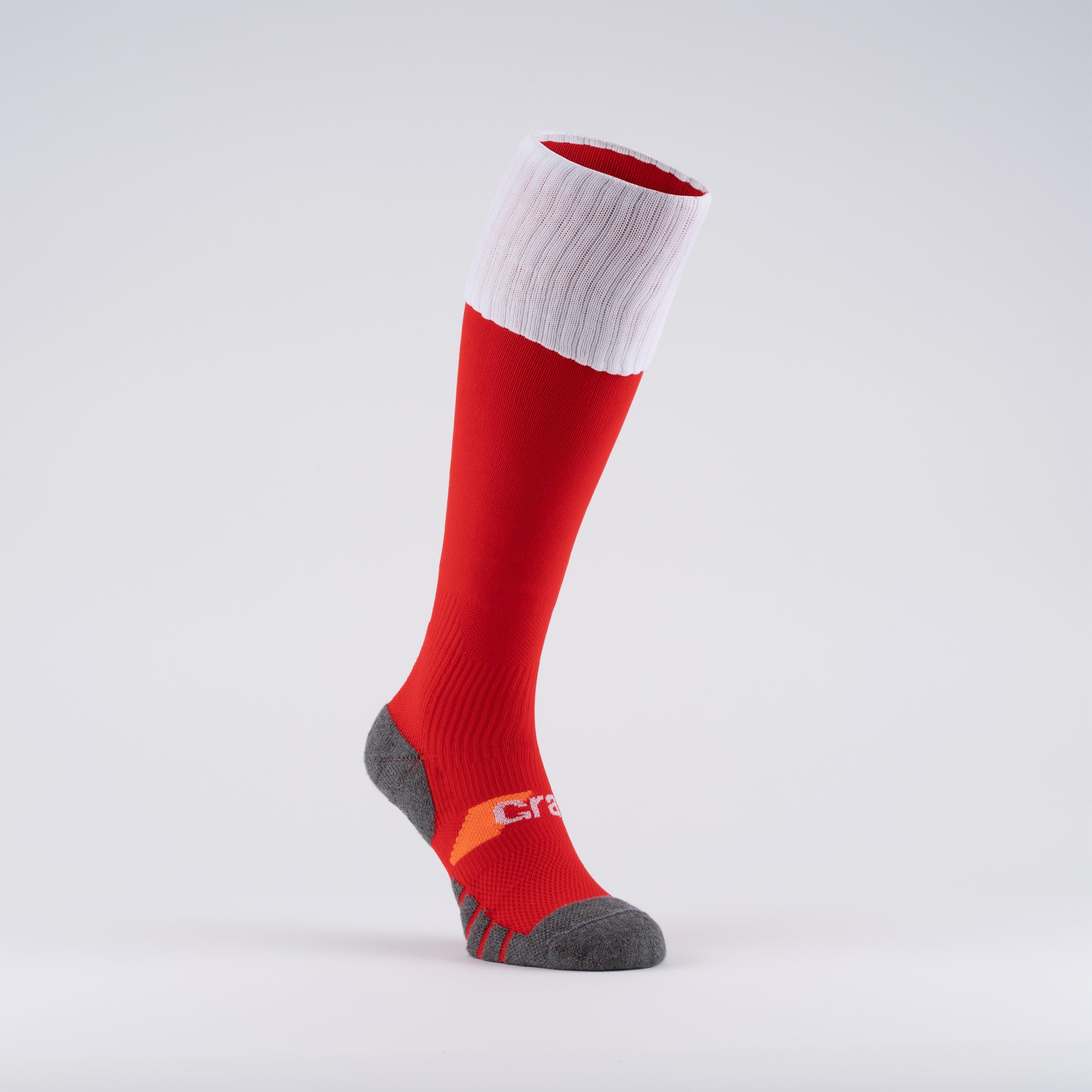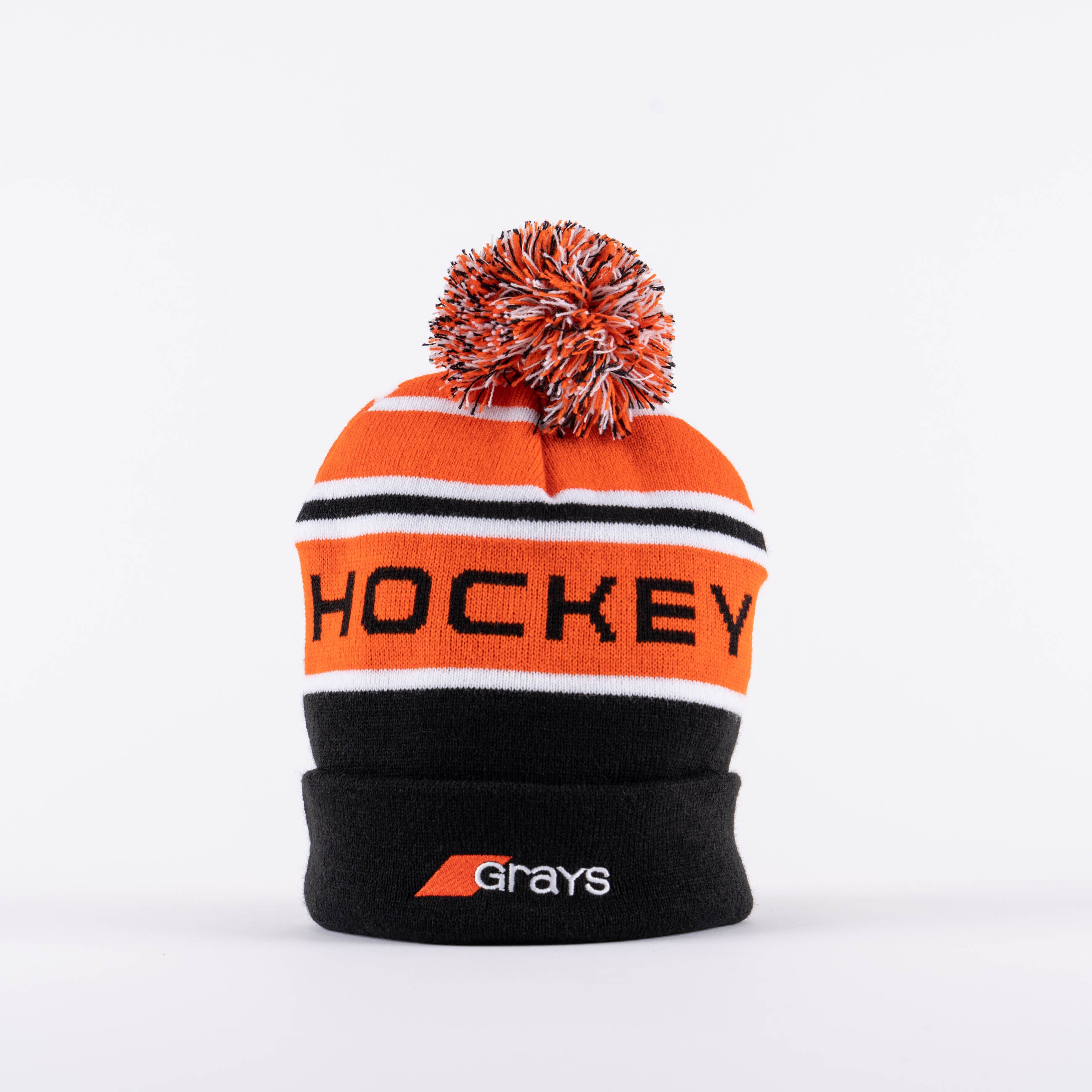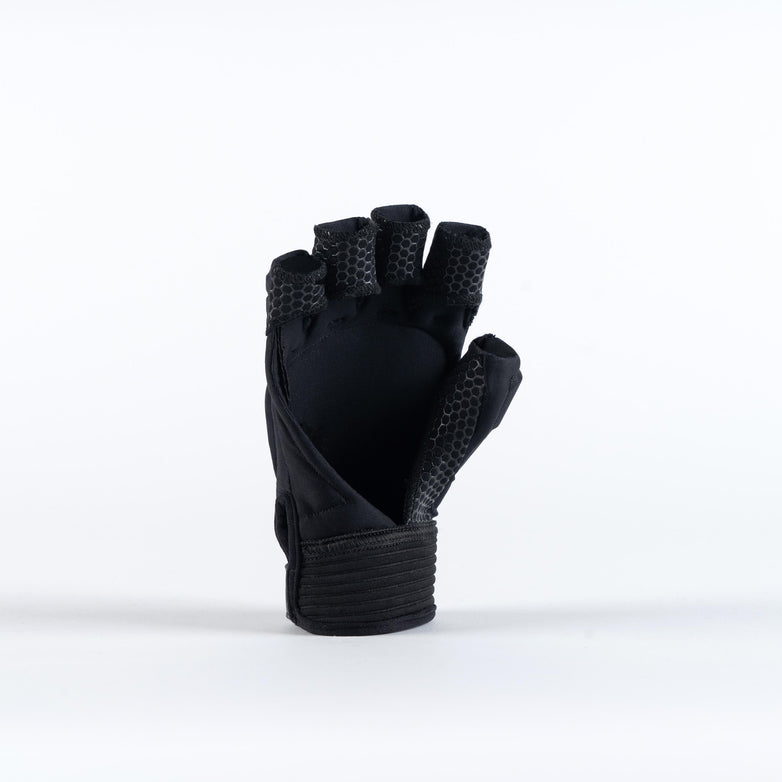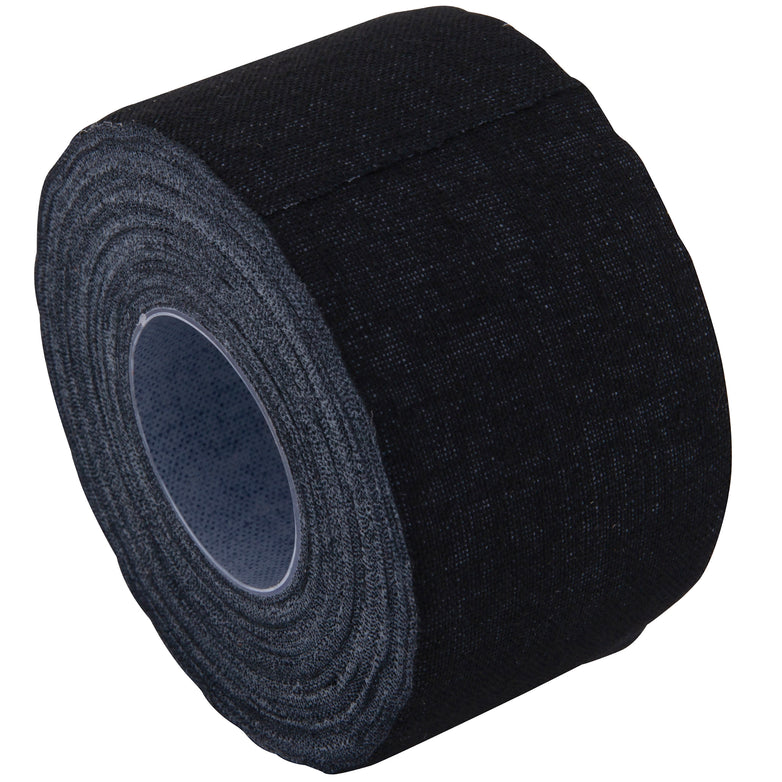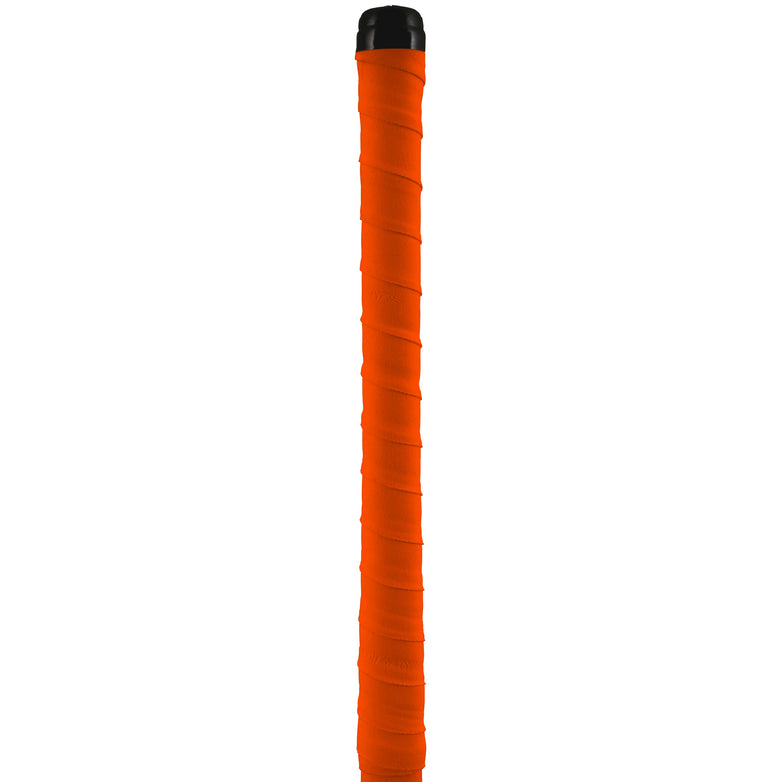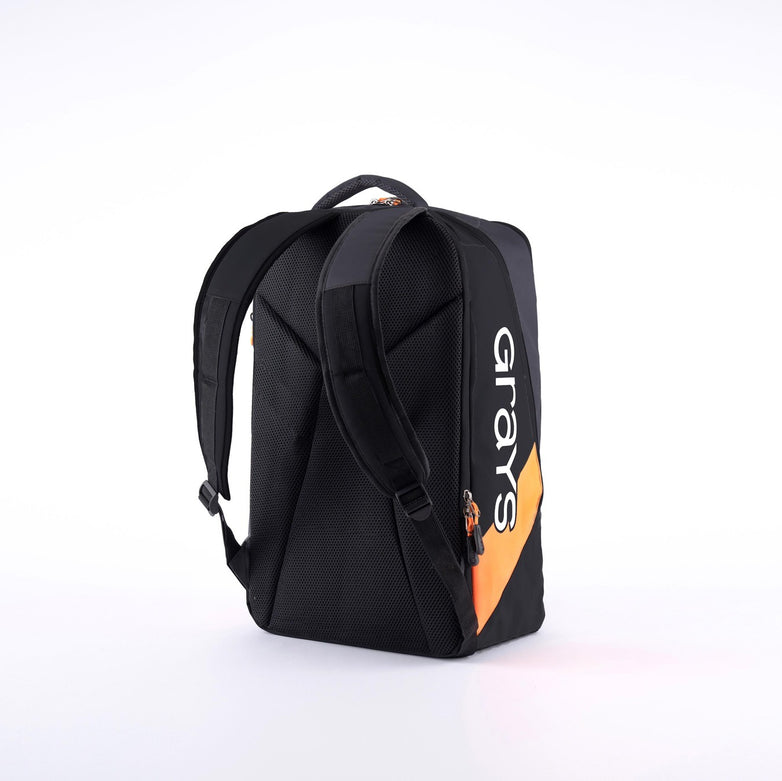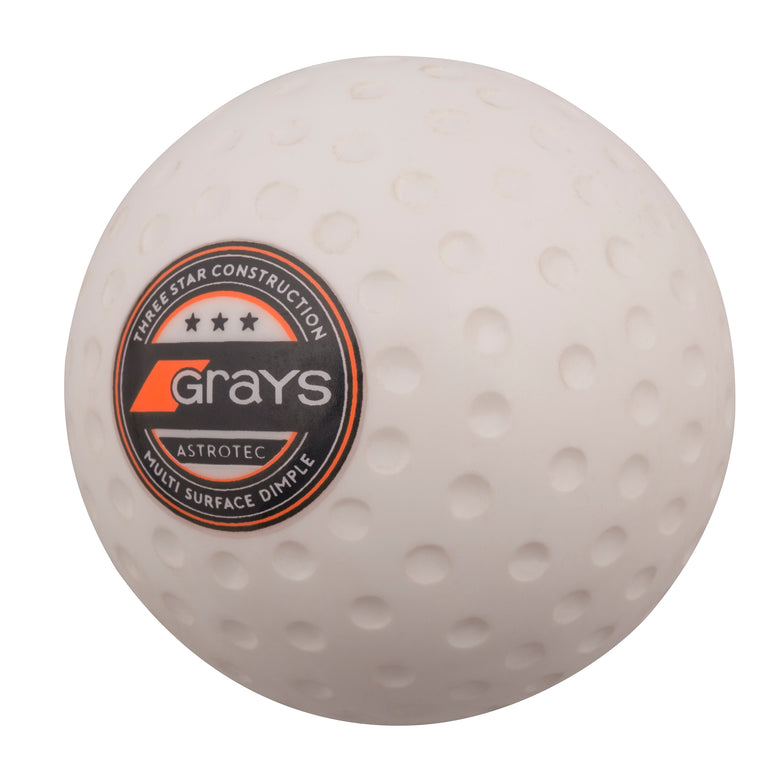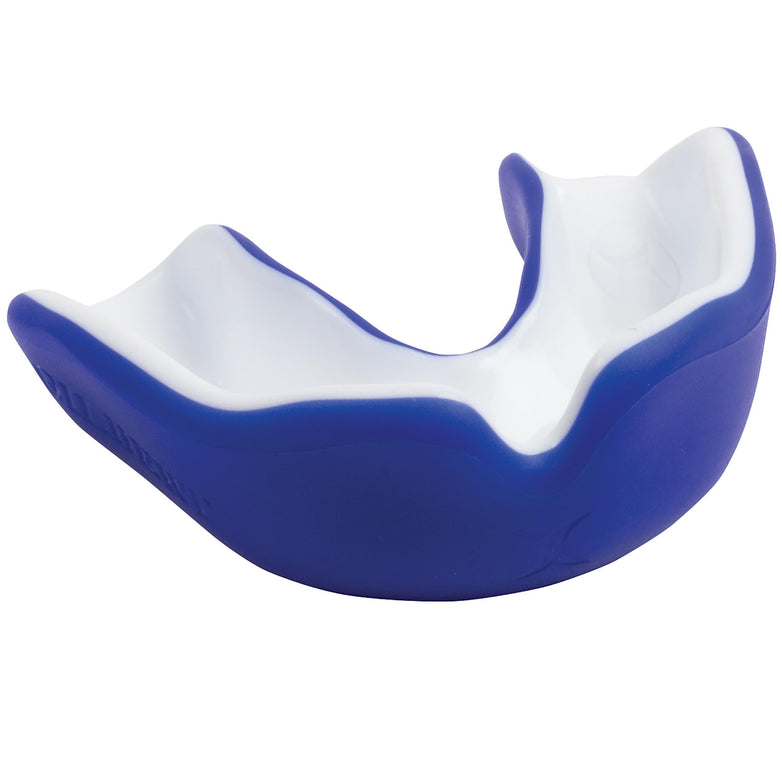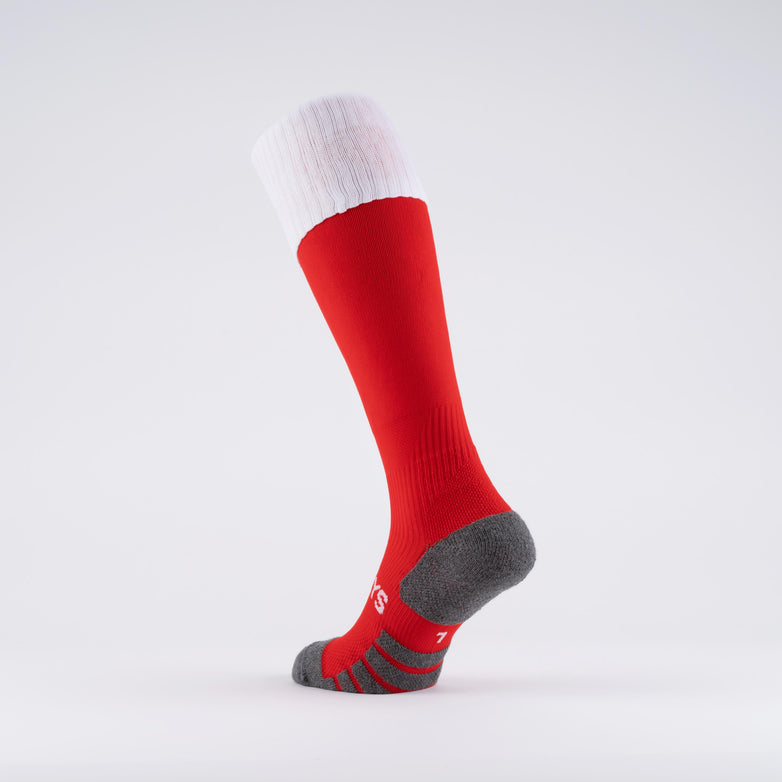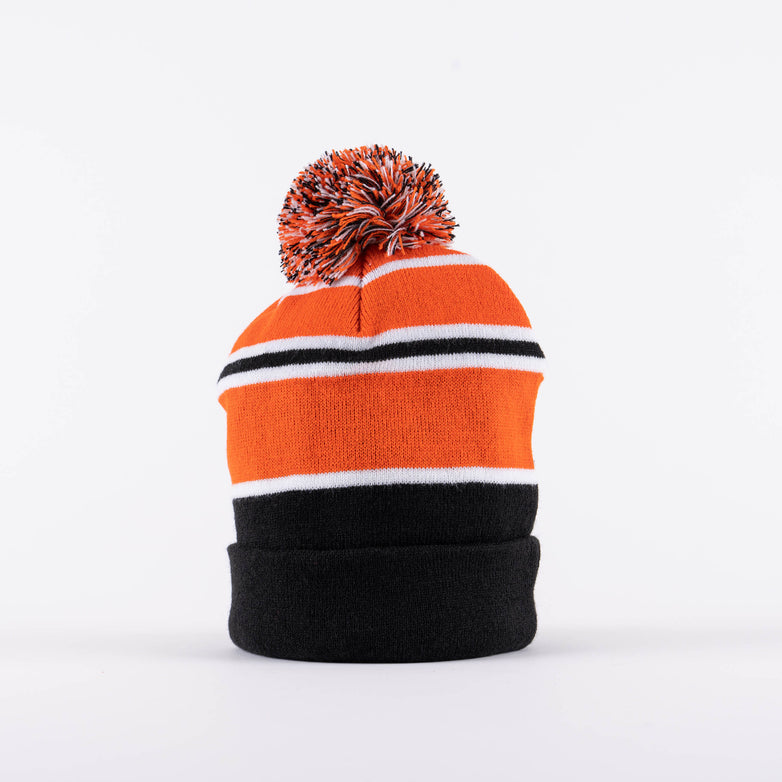In March, following your campaigning and England Hockey’s request for rule change, the FIH (Federation of International Hockey) announced changes to kit regulations giving players the freedom to choose to wear shorts, skirts or skorts on an individual basis, with no requirements to wear the same item as other players in their team, as long as they are the same colour. This was followed by England Hockey becoming the first team to field players wearing a mixture of skorts and shorts at the European Championships.
How important were these steps for making Hockey more inclusive?
At the Euros, the England team did something very special. With eight pairs of shorts we changed the face of hockey for women, and we ushered in an era of choice.
The tradition in hockey has always been for women to wear skorts and men to wear shorts, creating a gender binary. Where this tradition comes from or why we uphold it was never questioned. Insofar as it is common practice for women to train in shorts but play matches in skorts. But we need to question it because it has a massive impact on participation in our sport, comfort and performance, and how we are inclusive.
My research, published in March, found over 70% of women have seen girls drop out of sport because of their sports kit. 60% wanted shorts, and every woman wanted choice.
Traditionally in hockey, as soon as we join a team, girls are expected to buy the skort without choice. (It is the same in most schools.) Why do we need to differentiate? There is no evidence the skort is more practical for female bodies.
Uniforms have meaning. If they are not designed for performance, then their meaning is cultural. The skort is fundamentally a gender-defining item. The skirted item symbolises ‘femininity’.
The legacy of sports dresses and skirts/skorts originates in Victorian Britain where women were only allowed to participate in sport if they affirmed their ‘femininity’ through appearance and behaviour. My favourite sociologist says, ‘Clothes veil the body, yet unveil, through the clues they provide, much about it’s place in society.’ We wear our identity and carry our historical social position in what we wear. Whether that be class, religion, gender. Corsets and long dresses evolved into long skirts, in turn became pinafores, and eventually the skort.
When symbols become socially engrained, we are blinded to their damaging systemic impact. When we play in a skort, we unknowingly reinforce the damaging gender behavioural binaries of sport, we play into the femininization and sexualisation of female athletes.
It makes us wonder how many young people have left hockey because they had to wear a skort? Our sport is disproportionally dominated by fee-paying schools, where research notes the skort originates and still dominates girls’ kit requirements. What message are we giving young girls when they watch hockey?
My burning question was: Will it always be this way? Will we ever play in shorts?
I had always felt very uncomfortable in a skort, but until I found my voice in my research and with the Women’s Sports Trust, I didn’t know we could ever change it.
And now we have. History forever.
I am so incredibly proud of our team. To take a risk and stand up for inclusion, it is bigger than our game.
What is so special is now we have the choice, and it is fundamentally OUR choice.
For inclusion in hockey, empowering girls to have choice in how they dress is key to growing and maintaining participation.
You were recently awarded the Changemaker of the Year at The Sunday Times Sportswomen of the Year Awards for your work in changing the uniform in international women's and girl's hockey to make it more accessible for all.
Does this give you an even greater platform to carry on the great work you are doing?
It was a huge honour to be there to represent the change my team pushed through, it would not have happened without them. I hope it acts as a lightning rod for hockey to see mass change in what is offered at a club and international level, that we can be proud of what our sport has done.
But I also hope it inspires other sports to look at their own sports and be brave enough to change the status quo. I was inspired by the German gymnasts who wore full-length leotards at the Tokyo Olympics for comfort and to protest the sexualisation of female gymnasts. Hockey is part of a much greater fight in women’s sport for equality and respect.
I’m excited to continue the work and hope the Award can continue the moment and interest in the need for rigorously inclusive sports kit policies.
Can you tell us about 'Inclusive Sportswear'?
Inclusive Sportswear wants a future where sports kit is not a barrier to participation, enjoyment and performance in sport.
Inclusive Sportswear is my new Community-Interest Company with the mission of creating systemic rigorous inclusion through sports kit policies via the Inclusive Sportswear Charter & Inclusive Sportswear Guidance.
The Inclusive Sportswear Charter is a cross-sectoral standard representing a commitment to the 8 inclusive sportswear principles.
The Charter will help schools, clubs, National Governing Bodies, and sports brands to put participation, performance and inclusion at the centre of sports kit policy and guidelines.
The Guidance is a digital community of resources free to access, being developed by expert organisations and working groups such as the Youth Sport Trust, Access Sport, Pride Sports, and The Well HQ.
We will be launching the Inclusive Sportswear Charter next year following the completion of several cross-sectoral pilot projects.
Having missed out on the Tokyo Olympics due to injury you returned with a bang to score in the Commonwealth Games final last summer.
What would it mean to you to play in an Olympics?
It would be indescribable. It is my ultimate dream to compete for Team GB. But one thing at a time, and first is to qualify.

